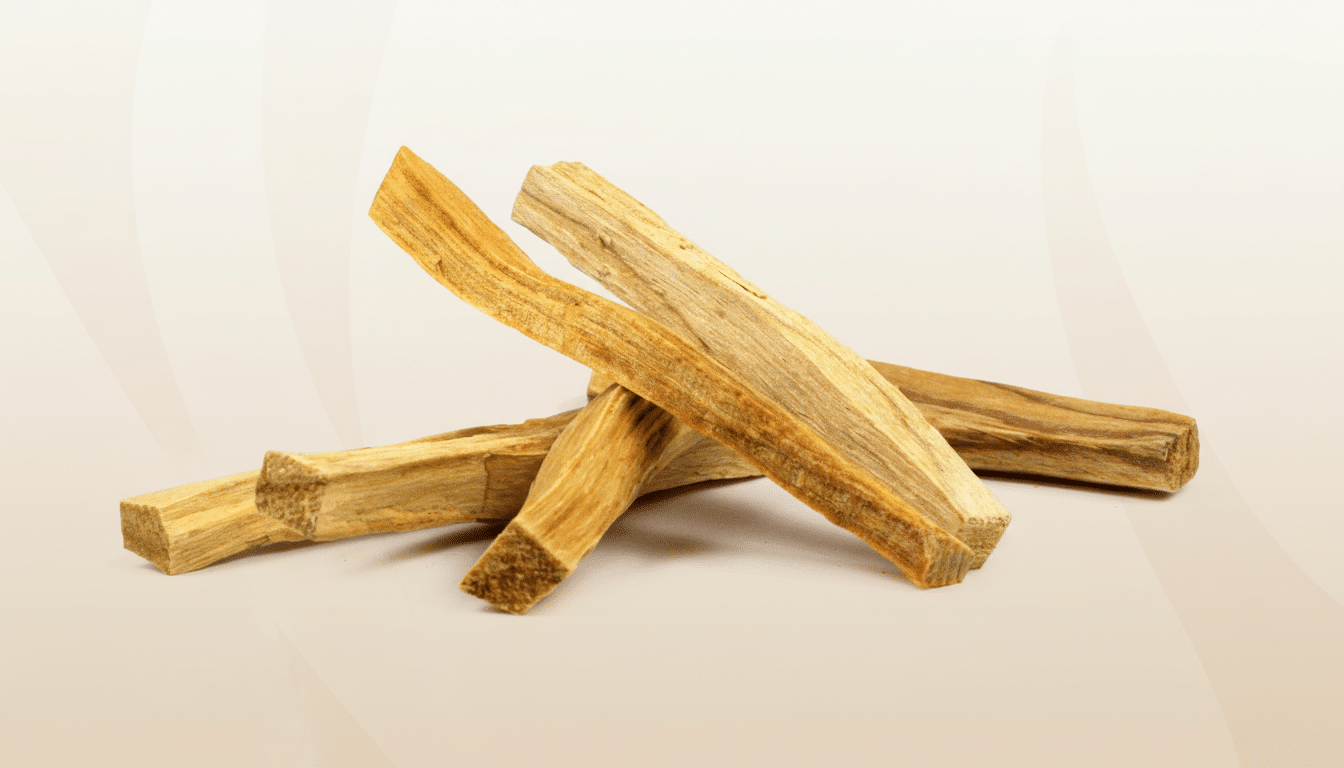Former MrBeast short-form content strategist is now making Palo, an AI-powered platform to help creators come up with ideas, form video plans, and read performance data across TikTok, YouTube Shorts, Instagram Reels, and beyond. Founded by creator Jay Neo with former Palantir engineer Shivam Kumar and creator Harry Jones, Palo is now launching for accounts with at least 100,000 followers at $250 a month after running tests among about 40 large creators. The startup has raised $3.8 million from Peak XV’s Surge, NFX, and a number of angels.
Inside Palo, a creator-built AI workbench for video
Palo links to a creator’s social accounts, slurps up their short videos, and scores components such as hooks, pacing, originality, and audience tone. Under the hood, the team deploys a mix of models to derive a “data tree” of patterns and marries leading language models to combine findings in such a way that it can be made searchable in a memory cache custom for the creator.

The planner is an interactive assistant. Ask it which hooks kept viewers last quarter, ask for a script in a proven format, or create a storyboard based on highly visual, low-dialogue clips. The goal is to shorten the loop from idea-making to publishing by putting suggestions on firm footing with what already works for that particular channel and audience.
Neo’s playbook had been developed in the pressure cooker of short-form hits like a street-challenge bit encouraging strangers to, say, jet off to Paris for a baguette — a format that later drew more than 1.8 billion views across his channels. That blind focus on retention curves and format testing today powers Palo’s analytics layer.
Why short-form creators need better analytics now
Short video is the most competitive online sport on the internet. Shorts, YouTube says, reaches more than two billion monthly logged-in users. Meta has said Reels are played in the hundreds of billions each day across its apps, and data.ai has consistently placed TikTok among the top applications in the world for time spent. In this climate, creators are spinning endless plates of experimentation and platform switch-offs — often with little more than spreadsheets and gut feel to guide them.
At the same time, the tide of AI-produced filler elevates the standard for uniqueness. Surveys conducted by creator platforms like Patreon and ConvertKit consistently highlight burnout and analysis paralysis as leading risks. Investors in Palo contend the right sort of AI can ameliorate this “brain rot” from scrolling by surfacing only those few tactics worth testing, rather than pressuring creators to clone trends.
Guardrails against formula fatigue in AI video tools
One common fear is that AI tools will churn out cookie-cutter videos. Palo’s team says the system creates a living persona for each creator, nudging — not dictating — format decisions. The analogy they prefer: a comedian workshopping material, set after set, reading the room and refining beats. Palo attempts to measure that feedback loop at scale without flattening a creator’s voice.
Early features include retention-aware hook suggestions, topic clustering, and “related search” prompts to support intent-driven discovery. The community layer has only just begun with messaging and peer feedback, but our roadmap leads to structured format exchanges and collaborative testing in the future.

Business model and market position for Palo’s rollout
Palo’s entry price — $250 a month for creators who have more than 100,000 followers — zeros in on a pro tier that already thinks about production like a business. Larger plans include usage and team seat scaling. That puts Palo up there with things like TubeBuddy and vidIQ, while also targeting something beyond keyword tips — cross-platform creative intelligence based on retention and watch behavior, not just metadata.
Peak XV’s Rajan Anandan cited the combination of top-tier creative ops and enterprise-grade engineering as a key reason for backing the company.
Angel investors highlight creator burnout and increasing multi-platform publishing complexity as secular tailwinds. More broadly, Goldman Sachs estimates the creator economy could reach $480 billion in a few years, with short-form video accounting for an outsize share of attention and ad budgets.
What to watch next as Palo scales its creator platform
There will be three signs of Palo’s staying power:
- Quantifiable lift in average view duration and completion rates
- Quicker concept-to-publish cycles without quality decay
- Whether creators feel their outputs amplify their voice rather than homogenize it
And changes to platform APIs from the likes of TikTok, Meta, and YouTube will also put stress on how Palo’s data pipeline holds up over time.
Palo’s wager is that insight trumps intuition if the insights have been tailored for you in particular. Should the tool’s treatment of retention graphs and hook taxonomies find its way into fresh formats instead of formulas, it could be a default workbench for serious short-form teams.

